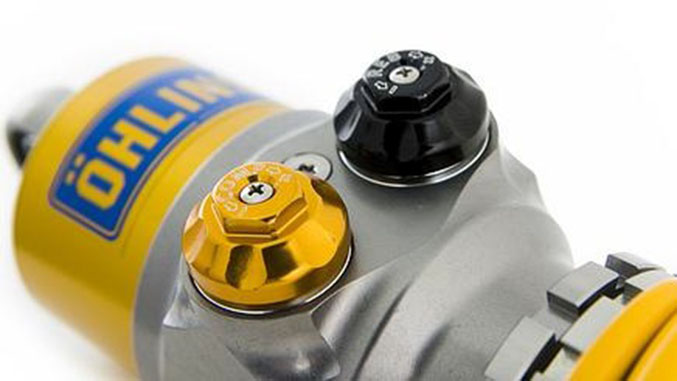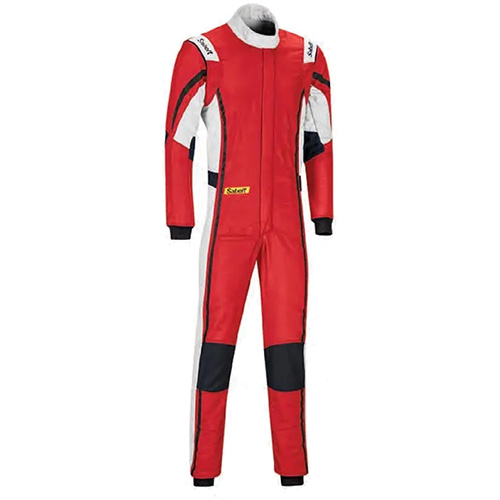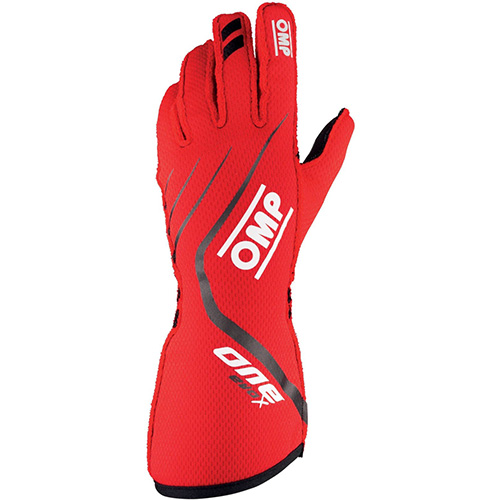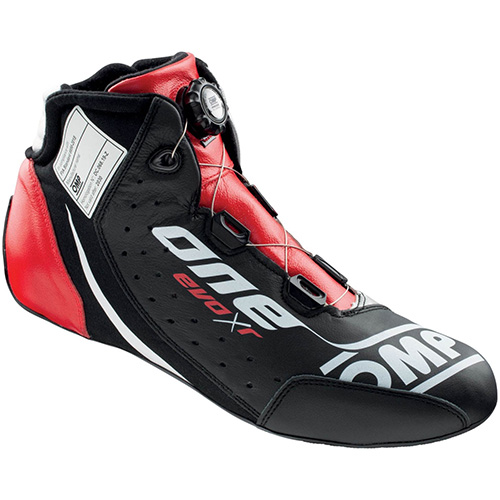A reader recently sent an email with a technical question – one that I looked to Rob Schermerhorn to answer:
"One of the things I am trying to figure out is in regards to the solid axle rear suspension. I am always trying to run it as low as possible… At any given ride height, I have a choice of going to stiffer springs or increasing the bump setting to stay off the bump rubber. Could you discuss the side effects of more spring versus more bump? Perhaps you could also discuss the advantages for the whole car of going stiffer springs versus stiffer shock adjustments."
|
Let’s begin with a foundation of spring vs. shock in regards to tuning for improved cornering grip, as well as balance in the corners; narrowing the discussion parameters will help us focus on our ultimate goal: making the car fun and fast without wandering into chassis-tuning areas like ride quality.
|
|
|
Shocks first
Number one pro tip is to think of your shocks as timing devices: in other words, where in the corner your car does “something” desirable – for example, the shock influences turn-in, but does not necessarily increase grip. The shock cannot change the total amount of load transfer, but influences how quickly that load transfer occurs.
If I were tuning your car and found that striking the bump stops created problems, I would not reach for the shock bump adjuster first to solve that issue. It would likely be causing other problems, like creating such an immediate turn-in response so that the car spins out on corner entry, or perhaps creating on-throttle oversteer issue.
I’m generalizing here for brevity. Your car’s shock “tune,” how much damping force it develops, and when it produces that force, is as huge and as complex a subject as tire behavior.
Shock absorber bump force can be used as a tuning tool, however, my preference is to use bump force for “working the tires” on a surface that is high-grip, or reducing bump to increase compliance (hence grip), on a low-friction surface.
I prefer to use shock rebound adjustments for fine-tuning corner entry/exit behavior, as it has greater influence on un-sprung mass, vs. bump settings for fine-tuning sprung mass (wheel, tire, hub, brake, etc.).
Springs
If you enjoy the overall ride and handling of your car, I would not necessarily increase spring rates.
The time for a four-spring increase in spring rates may be when moving from your DOT Hoosier to a full-slick race tire or adding aerodynamic downforce-enhancing modifications.
Too many cars are over-sprung, resulting in reduced suspension compliance, bounding harshly over pavement imperfections, creating “kart-like” turn-in characteristics, and a car that’s suddenly difficult to drive consistently, lap after lap.
Recommendation
Frankly, I would replace the hard rubber (or hard urethane) bump stops with a material that compresses progressively – specifically, microcellular polyurethane, also known as Cellasto®. This more-compliant material opens additional suspension capability (grip), while softening the transition into striking the bump stop.
I would not increase ride height if changing bump stop material improves how the car feels under heavy braking and heavy acceleration.
You mention solid axle rear suspension. Please know that my advice is applicable to all suspension solutions.
Ride Height
“Running as low as possible,” as you mention, is, in general, desirable to lower the center of gravity, but you’ll find your car is likely ride height sensitive. More specifically, it would be rake (ride height difference front vs. rear) sensitive, in regards to understeer/oversteer/neutral steer balance in corners. Most chassis handle best with some amount of “positive rake,” meaning the ride height in the rear is higher than in the front. So while you are adjusting rear ride height to compensate for bump rubber strikes, you may inadvertently alter the balance of the car in corners.
When I am learning a new chassis, one test I perform is a “scan” of all reasonable ride height settings to discover both how the various settings affect balance, but also how sensitive the chassis is. Do small changes make large differences or does it take a quarter-of-an-inch ride height change before balance is affected?
Corner Phases
Finally, you requested more specifics regarding different phases of the corner. Remember the “shocks are timing devices” statement? Shock adjustments are an available tool for tuning the chassis when the suspension is moving, meaning corner entry and exit, and response with kurb strikes. Mid-corner balance is where spring and anti-roll bar tuning comes into play and shock adjustments will not help.
I hope this answers all your questions!
– Rob Schermerhorn




















